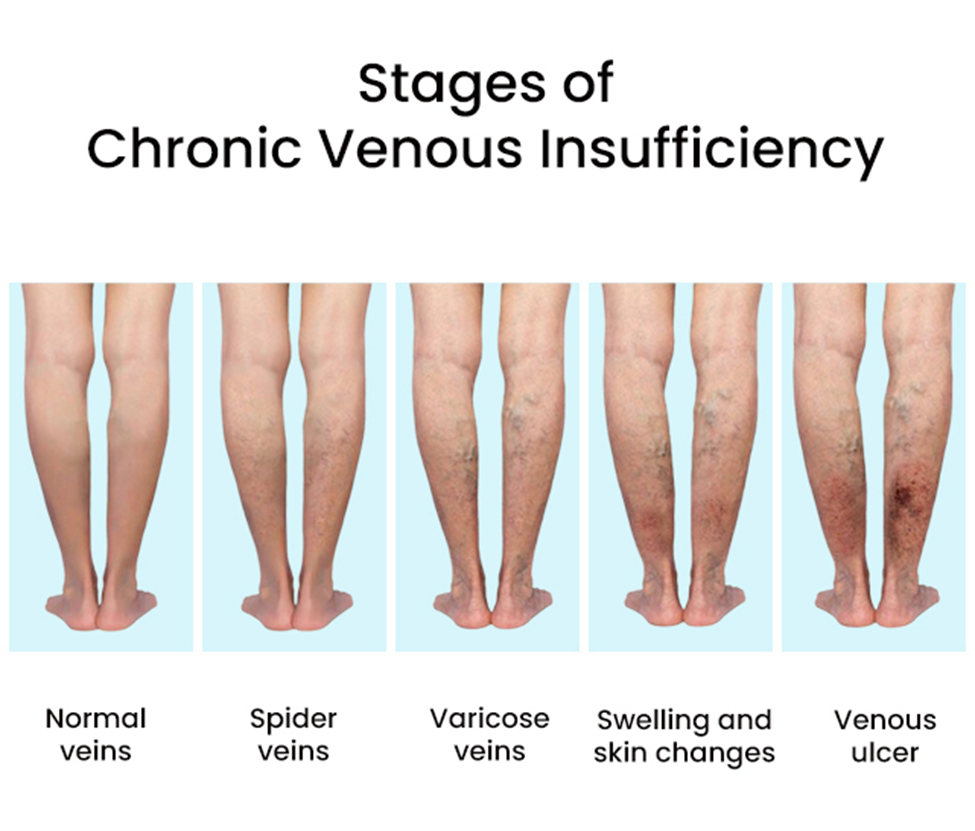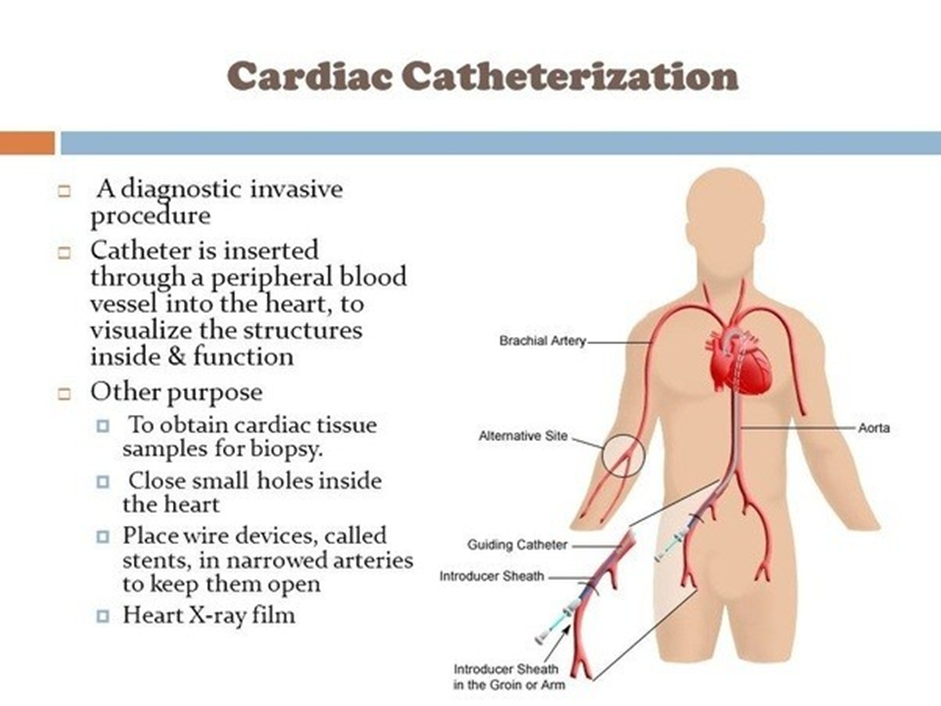The nursing student is reviewing interventions which are part of nursing care and prevention of atelectasis. What are some of the interventions nurses can do to prevent atelectasis? (SELECT ALL THAT APPLY)
Administer antibiotics
Encourage increased oral fluid intake
Early mobilization after surgery
Frequent turning of the patient
Use of incentive spirometry
Correct Answer : B,C,D,E
A. Administer antibiotics
Administering antibiotics is not a direct intervention for preventing atelectasis. Antibiotics are typically prescribed to treat bacterial infections, and atelectasis is more related to lung collapse or incomplete lung expansion.
B. Encourage increased oral fluid intake
Adequate hydration is important for maintaining the moisture of respiratory secretions. This helps prevent mucus from becoming thick and sticky, making it easier for the patient to cough and clear the airways.
C. Early mobilization after surgery
Early mobilization, including activities such as getting out of bed and walking, helps improve lung expansion. It promotes better ventilation and prevents areas of the lungs from collapsing, reducing the risk of atelectasis.
D. Frequent turning of the patient
Turning the patient regularly is crucial for preventing pooling of respiratory secretions in dependent areas of the lungs. By changing the patient's position, nurses can facilitate drainage and ventilation throughout the lungs, minimizing the risk of atelectasis.
E. Use of incentive spirometry
Incentive spirometry is a breathing exercise device that encourages the patient to take slow, deep breaths. This helps expand the lungs and prevents atelectasis by maintaining lung volume and promoting alveolar recruitment.
Nursing Test Bank
Naxlex Comprehensive Predictor Exams
Related Questions
Correct Answer is B
Explanation
A. Intermittent claudication:
Intermittent claudication is more commonly associated with peripheral arterial insufficiency rather than venous insufficiency. It is caused by inadequate blood flow to the muscles during activity, resulting in cramping or pain that typically resolves with rest.
B. Brownish discoloration to the legs:
Brownish discoloration to the legs, often referred to as hemosiderin staining, is a common finding in peripheral venous insufficiency. It occurs due to the breakdown of red blood cells and the deposition of hemosiderin in the tissues, especially around the ankles.
C. Weak or absent pedal pulses:
Weak or absent pedal pulses are more indicative of peripheral arterial insufficiency rather than venous insufficiency. Peripheral arterial disease can result in decreased blood flow to the extremities, leading to diminished pulses.
D. Unequal peripheral pulses between extremities:
Unequal peripheral pulses between extremities are also more suggestive of arterial insufficiency. Conditions such as atherosclerosis or arterial embolism can cause variations in pulses between different limbs.

Correct Answer is ["A","B","C","D"]
Explanation
Withhold food and oral fluids before the procedure
Withholding food and oral fluids before the procedure is essential to prevent complications during the cardiac catheterization. The client is typically NPO (nothing by mouth) for a specified period before the procedure.
B. Review medications the client has taken in the last 24 hours
Reviewing the client's medications is crucial to ensure that any medications affecting coagulation or blood vessels are appropriately managed before the cardiac catheterization.
C. Verify that written consent has been obtained
Verifying the presence of written consent is a critical step to confirm that the client has been adequately informed about the procedure, its risks, and benefits, and has given consent for the cardiac catheterization.
D. Check for iodine sensitivity
Checking for iodine sensitivity is important because iodinated contrast dye is commonly used during cardiac catheterization. Allergies or sensitivities to iodine contrast must be identified to prevent adverse reactions.
E. Administer all ordered oral medications
Administration of oral medications before the procedure depends on the specific medications and the healthcare provider's instructions. Some medications may be held, while others may be continued as prescribed.

Whether you are a student looking to ace your exams or a practicing nurse seeking to enhance your expertise , our nursing education contents will empower you with the confidence and competence to make a difference in the lives of patients and become a respected leader in the healthcare field.
Visit Naxlex, invest in your future and unlock endless possibilities with our unparalleled nursing education contents today
Report Wrong Answer on the Current Question
Do you disagree with the answer? If yes, what is your expected answer? Explain.
Kindly be descriptive with the issue you are facing.
